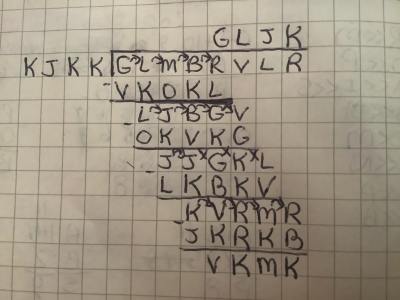projects
| uxi0 (due 20190123) |
| wcp1 (due 20190123) |
| adm0 (due 20190130) |
| wcp2 (due 20190130) |
| pbx0 (due 20190206) |
| wcp3 (due 20190206) |
| pbx1 (due 20190213) |
| wcp4 (due 20190213) |
| pbx2 (due 20190227) |
| wcp5 (due 20190227) |
| upf0 (due 20190306) |
| wcp6 (due 20190306) |
| wpa0 (due 20190313) |
| wcp7 (due 20190313) |
| spf0 (due 20190321) |
| wcp8 (due 20190320) |
| upf1 (due 20190327) |
| wcp9 (due 20190327) |
| usr0 (due 20190410) |
| wcpA (due 20190410) |
| pct0 (due 20190417) |
| wcpB (due 20190417) |
| pwn0 (due 20190424) |
| wcpC (due 20190424) |
| spf1 (due 20190501) |
| EoCE - bottom of journal (due 20190514-172959) |


